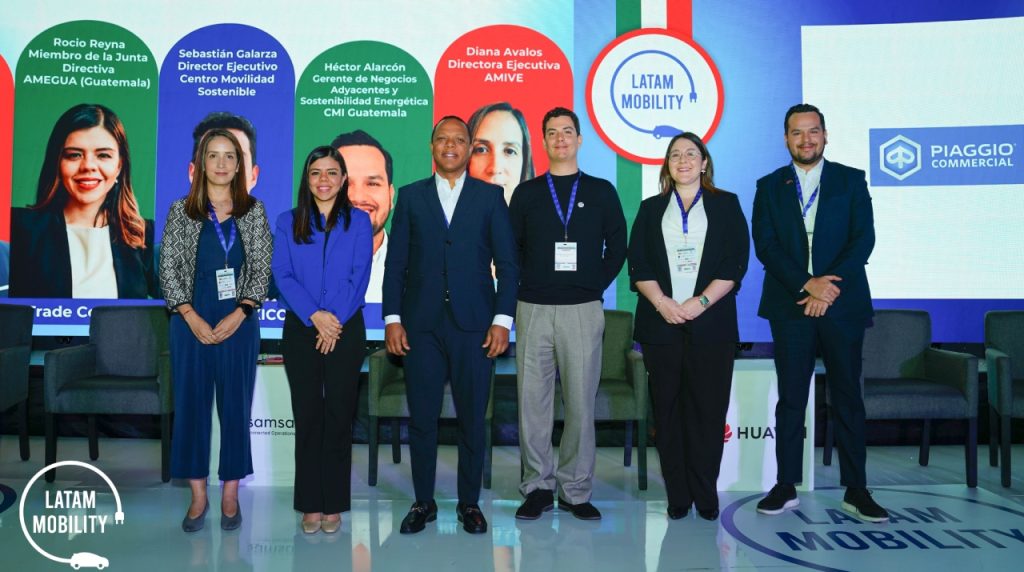Latam Mobility & Net Zero: Mexico 2024 featured the outstanding panel “Sustainable Mobility in Central America and the Caribbean”, in which leaders from the region highlighted the prospects in their respective countries.
Milton Morrison, INTRANT Director in the Dominican Republic, spoke about the strategies carried out on the island, taking into account that the Dominican Republic has more than 11 million inhabitants, 5,000 two-wheeled vehicles that generate great traffic congestion.
“A great part of the users need a lot of time and spend up to 20% of the basket to mobilize, that is why we have bet on developing the metro system with a new line and the use of cable cars with two lines and construction of a third one, in addition to a monorail,” he said.
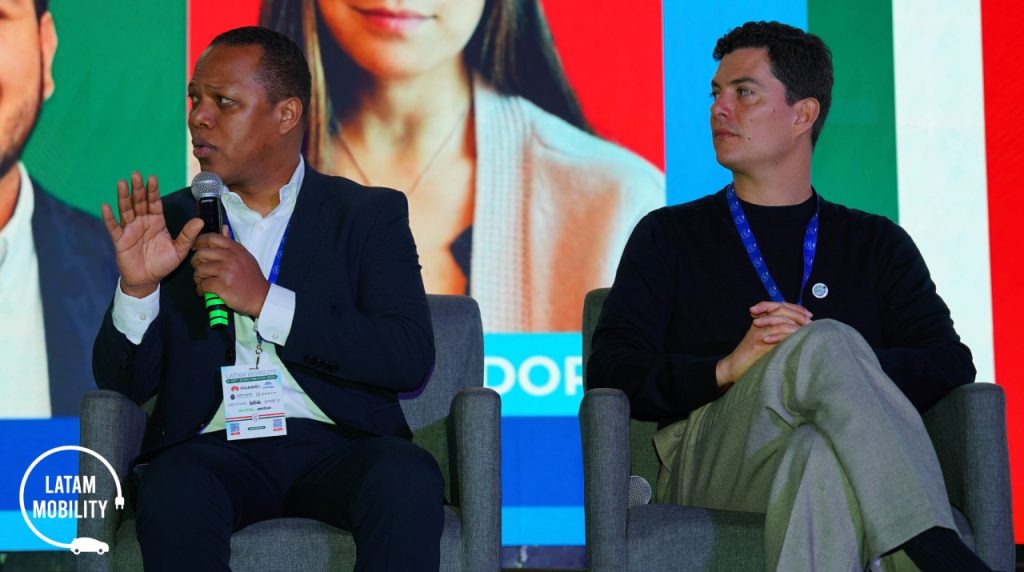
He pointed out that they are working on the construction of the metropolitan train from Santo Domingo to the eastern part of the country.
“We from INTRANT are strengthening the integrated transportation system that needs a bus corridor to replace low capacity cars with low efficiency and high impact on the environment.
We incorporated 150 electric buses in Santiago for school transportation which impacts 2 million children free of charge,” said Morrison.
Progress in Guatemala
Rocío Reyna, Member of the Board of Directors of AMEGUA (Guatemala), explained that they have 747 electric vehicles and plan to close the year with 1,000. She also highlighted the proliferation of public chargers and brands that have joined the electromobility market.
“The Electric Mobility Incentives Law of 2022 changed and allowed for growth everything, this law allows VAT exemptions, decals and benefits of first registration, leasing for 10 years, income tax exemption for chargers, production, assembly of electric vehicles, we are moving forward,” she stressed.
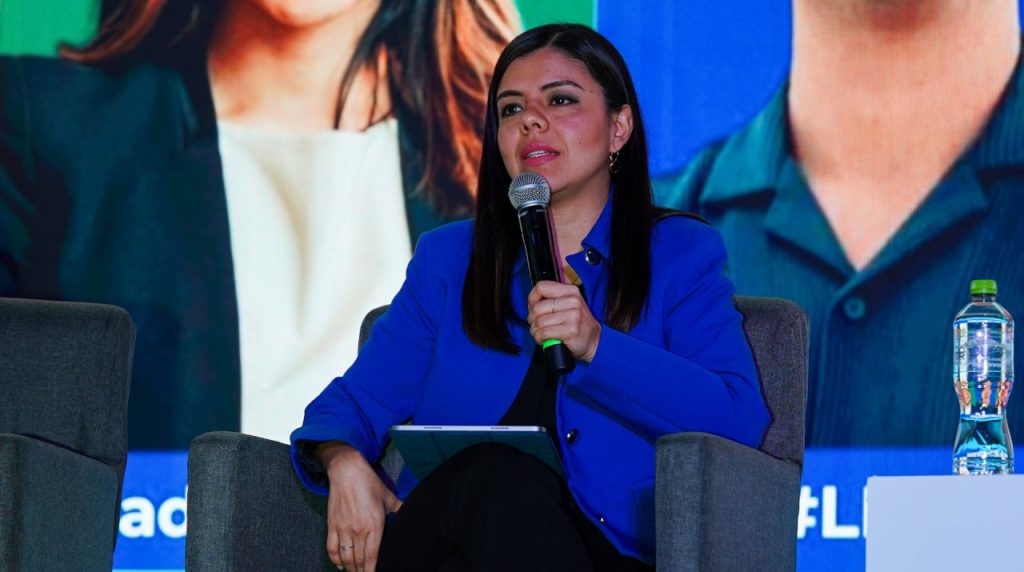
She pointed out that AMEGUA has three key initiatives focused on combating the fear about charging with points within the city, they are also doing consulting and promoting the fixed cost issue because the charging service is very high and they are developing a communication plan to raise awareness about the use of electric vehicles with universities.
Héctor Alarcón, Manager of Adjacent Businesses and Energy Sustainability at CMI (Guatemala), said that they generate development and positive environmental and social impact, with the purpose of presenting “opportunities that change lives”.
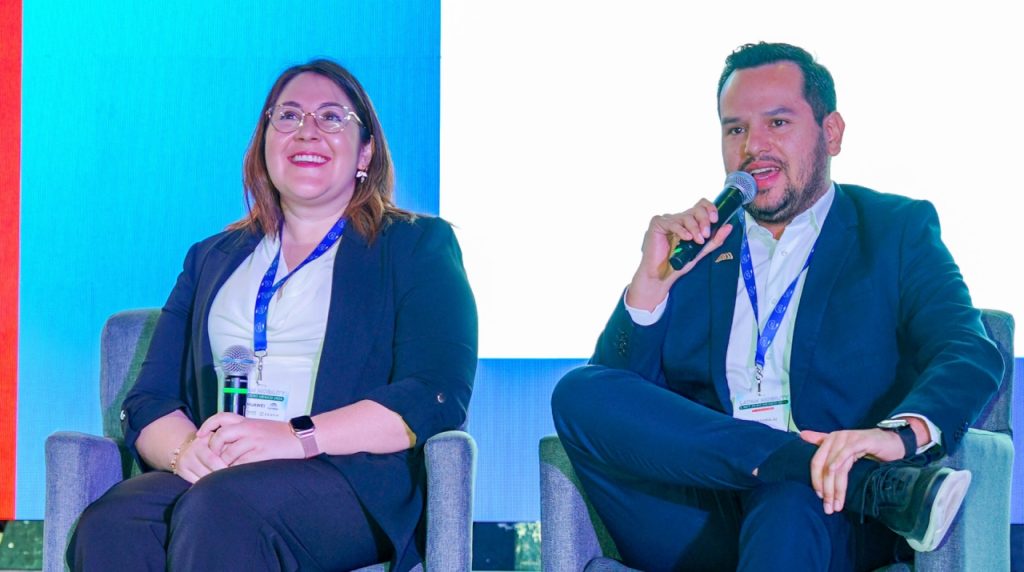
“Our businesses are diverse, from mills with wheat and corn flour to fried chicken, all that value chain is ours,” he said. “Apart from that we have CMI Capital with investments in energy and finance, the energy unit has 900 megawatts of installed capacity only renewables in our portfolio and we will soon reach 1,000 megawatts.
He stressed that they are driving an ecosystem where CMI can be part of most of the pieces. “We have a map of what we wanted the ecosystem to look like, we have electric vehicles that deliver to customers, we have installed chargers in our restaurants. We not only produce with less footprint but we bring it to the end customer in a sustainable way.”
CMS and GEF Global
Sebastián Galarza, Executive Director of the Sustainable Mobility Center, explained that they work to support governments and private enterprise to decarbonize the transport sector, one of the biggest polluters in Central America.
One of the objectives of the center is the technological replacement with impulse in 9 countries through the GEF Global project, a partnership for international cooperation in which 183 countries work together with international institutions, civil society organizations and the private sector, to address global environmental problems.
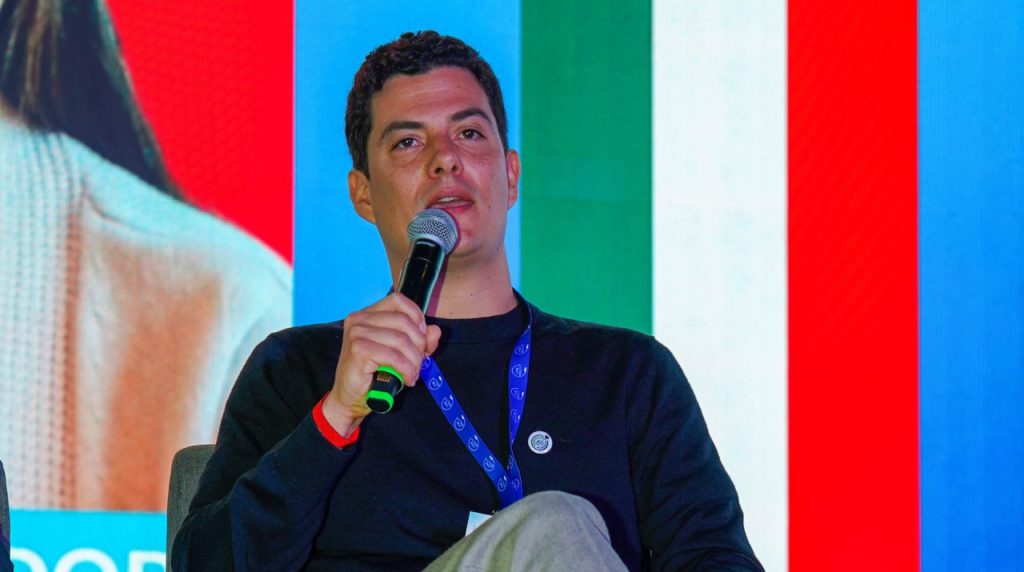
“We are in several Central American countries with pilot projects for electric mobility. We must combat market distortions to level and be competitive in the region. There are opportunities to harmonize many of the standards to scale these projects, but there are political and capacity challenges,” he concluded.
Impact of GEF 7 in Costa Rica
Karen Araya, GEF 7 Project Manager in Costa Rica, presented the progress made in mobility in the Central American nation. “We have an electric cab pilot at the Juan Santa María airport, the first public transportation project in the country. The importance of these projects is fundamental to improve decision making in the regulatory framework in the country.”
She pointed out that the projects they lead have had technical feasibility for tourists and citizens thanks to the articulation of all the actors in aspects such as financing, contribution of the academy, addition of technology, among others. “We manage financial products with the banks,” said Araya.

She applauded Costa Rica’s great progress in the regulatory framework, which has encouraged the adoption of electric vehicles through a national decarbonization plan. “Regional collaboration has been key to providing solutions and modernization,” she concluded.




